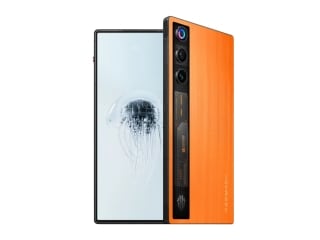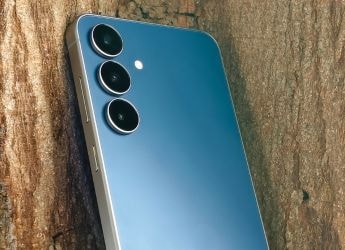- Home
- Laptops
- Laptops News
- Microsoft Windows 10 VR Minimum PC Requirements Revealed
Microsoft Windows 10 VR Minimum PC Requirements Revealed

Microsoft has finally provided the minimum PC specs you’ll need to run Windows 10 VR headsets, and they seem pretty basic put against the demands from Oculus Rift and HTC Vive. Here are the minimum specifications in full:
- CPU: Intel Mobile Core i5 (e.g. 7200U) Dual-Core with Hyperthreading equivalent
- GPU: Integrated Intel HD Graphics 620 (GT2) equivalent or greater DirectX 12 API capable GPU
- RAM: 8GB or more dual channel memory required for integrated graphics
- HDMI: HDMI 1.4 with 2880x1440 @ 60Hz; or HDMI 2.0/ DP 1.3+ with 2880x1440 @ 90Hz
- HDD: 100GB+ SSD (Preferred) / HDD
- USB: USB 3.0 Type-A or USB 3.1 Type-C Port with DisplayPort Alternate Mode
- Bluetooth: Bluetooth 4.0 for accessories
Going from the above, it’s clear that VR on Windows 10 can work even with integrated graphics starting with Intel’s seventh-gen Kaby Lake processors. But if you don’t have the latest chip, fret not. Microsoft said that most computers with dedicated graphics (i.e. an Nvidia/AMD GPU) can easily handle VR on PCs. As for the headsets themselves, we already know they will be coming from hardware partners such as Asus and Dell, and HoloLens creator Alex Kipman said they would deliver something similar to what people get with the Rift and the Vive headsets.
Microsoft also announced that it’s working closely with Intel for this project, codenamed Project Evo, which hopes to deliver mixed-reality experiences in the near future. And the company also announced a partnership with headset maker 3Glasses, which will bring the Windows Holographic platform on its S1 Blubur early next year.
And lastly, Microsoft is also planning to bring HoloLens into China. It’s pending government approval, and the company plans to roll out in the first half of 2017.
Get your daily dose of tech news, reviews, and insights, in under 80 characters on Gadgets 360 Turbo. Connect with fellow tech lovers on our Forum. Follow us on X, Facebook, WhatsApp, Threads and Google News for instant updates. Catch all the action on our YouTube channel.
Related Stories
- Samsung Galaxy Unpacked 2025
- ChatGPT
- Redmi Note 14 Pro+
- iPhone 16
- Apple Vision Pro
- Oneplus 12
- OnePlus Nord CE 3 Lite 5G
- iPhone 13
- Xiaomi 14 Pro
- Oppo Find N3
- Tecno Spark Go (2023)
- Realme V30
- Best Phones Under 25000
- Samsung Galaxy S24 Series
- Cryptocurrency
- iQoo 12
- Samsung Galaxy S24 Ultra
- Giottus
- Samsung Galaxy Z Flip 5
- Apple 'Scary Fast'
- Housefull 5
- GoPro Hero 12 Black Review
- Invincible Season 2
- JioGlass
- HD Ready TV
- Laptop Under 50000
- Smartwatch Under 10000
- Latest Mobile Phones
- Compare Phones
- Huawei Nova 15
- Huawei Nova 15 Pro
- Huawei Nova 15 Ultra
- OnePlus 15R
- Realme Narzo 90x 5G
- Realme Narzo 90 5G
- Vivo S50 Pro Mini
- Vivo S50
- Asus ProArt P16
- MacBook Pro 14-inch (M5, 2025)
- Huawei MatePad 11.5 (2026)
- OnePlus Pad Go 2 (5G)
- Huawei Watch 10th Anniversary Edition
- OnePlus Watch Lite
- Acerpure Nitro Z Series 100-inch QLED TV
- Samsung 43 Inch LED Ultra HD (4K) Smart TV (UA43UE81AFULXL)
- Asus ROG Ally
- Nintendo Switch Lite
- Haier 1.6 Ton 5 Star Inverter Split AC (HSU19G-MZAID5BN-INV)
- Haier 1.6 Ton 5 Star Inverter Split AC (HSU19G-MZAIM5BN-INV)

















